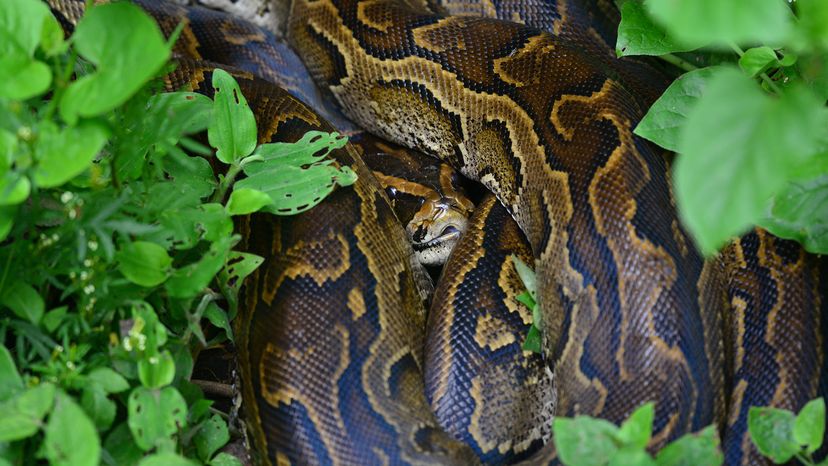
The Congo snake, often shrouded in mystery and myth, has captured the imagination of people around the world, particularly with tales of a giant snake reportedly sighted by Belgian pilot Colonel Remy Van Lierde during a mission in the 1950s.
Colonel Van Lierde — who was flying for the Belgian Air Force and serving in the Belgian-occupied Congo — claimed to have seen a massive snake, dark green with brown scales and a white underbelly, measuring around 50 feet in length (15.2 meters). "I felt if I got any closer, it would have struck at me. It could have easily eaten a man," he said of the mystery snake.
Advertisement
The account, supported by a photo taken from the air, was even featured on British TV (on a show called "Arthur C. Clarke's Mysterious World") and further fueled speculation that continues in internet forums to this day.
While his story remains controversial, it highlights the rich biodiversity of the Democratic Republic of the Congo, a region known for its dense forests and diverse wildlife, including various large snake species.
Advertisement